How Can Cats Sleep So Much? 😴

Have you ever watched your feline friend curled up in their favorite sunny spot and wondered, “How can cats sleep so much?” ![]()
If so, you’re not alone. Many cat owners are baffled by their pets’ ability to snooze for hours on end. But rest assured, there’s a perfectly good explanation for this behavior.
Let’s dive into the fascinating world of feline sleep patterns and understand why our furry friends spend so much time in dreamland.
Cats are Designed for Hunting 🐾
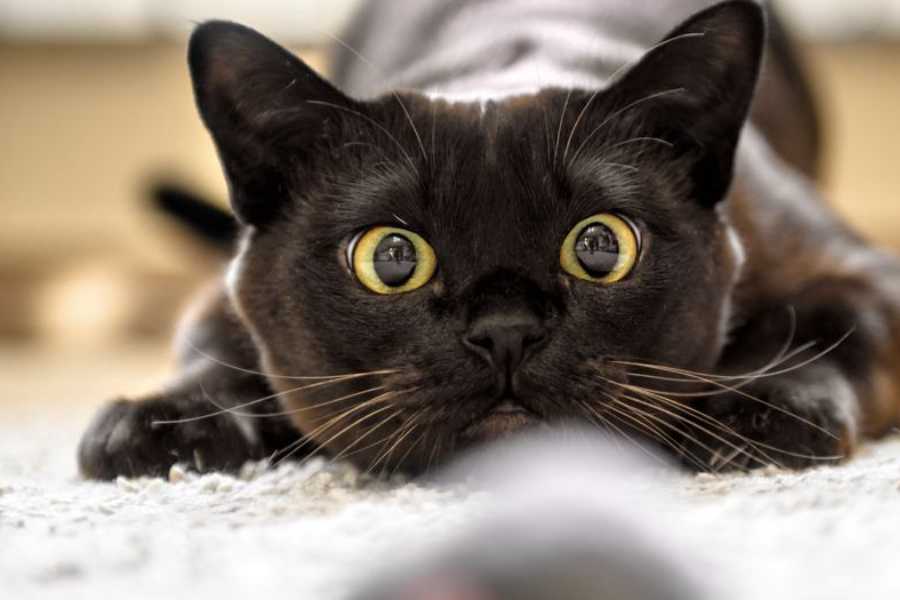
Cats, both wild and domestic, are predators. Their bodies are anatomically and physiologically designed for hunting. Wild cats sleep after hunting their prey, a process that requires a high amount of energy and calories. Domestic cats, while not hunting for survival, spend their energy playing with their guardians, chasing toys, and more. This causes a rush of adrenaline, which tires them out and necessitates sleep.
Contrary to popular belief, cats are not strictly nocturnal animals. They are most active at dusk and dawn, times when their prey are more active and visible in the wild. Therefore, cats are twilight animals, and their sleep patterns reflect this. ![]()
Kittens Sleep More Than Adults 🐱
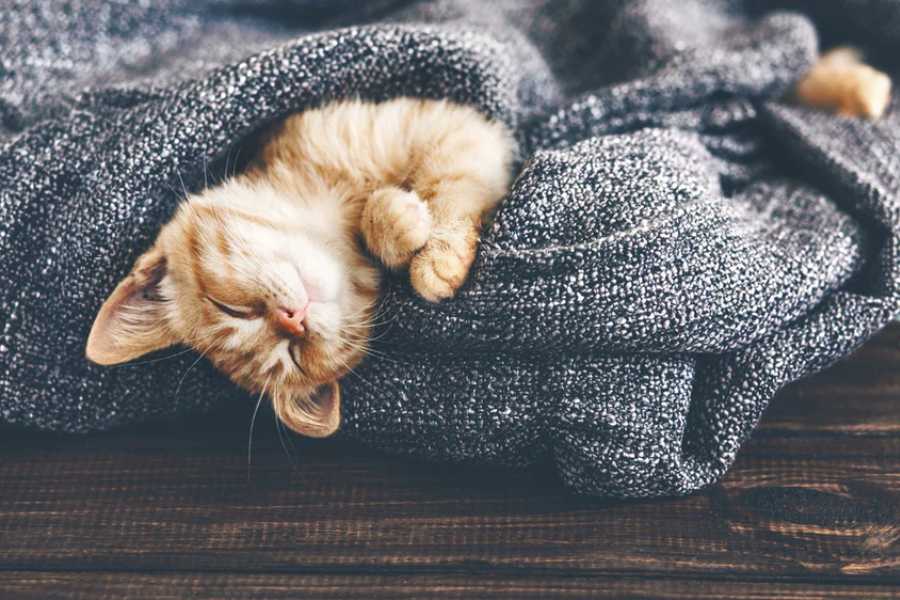
During their first weeks of life, kittens need to sleep longer than adults, sometimes up to 20 hours a day. This is partly because they release a growth hormone during sleep. It is during sleep that they grow and develop. Also, while they sleep, the information learned while they have been awake is consolidated.
As they reach four or five weeks of life, their sleep decreases, and they begin to have the sleeping hours of an adult cat. This is because their curiosity increases, they begin to investigate their environment, their desire to play begins, and they expend more energy.
The Sleep Cycle of Adult Cats 😴
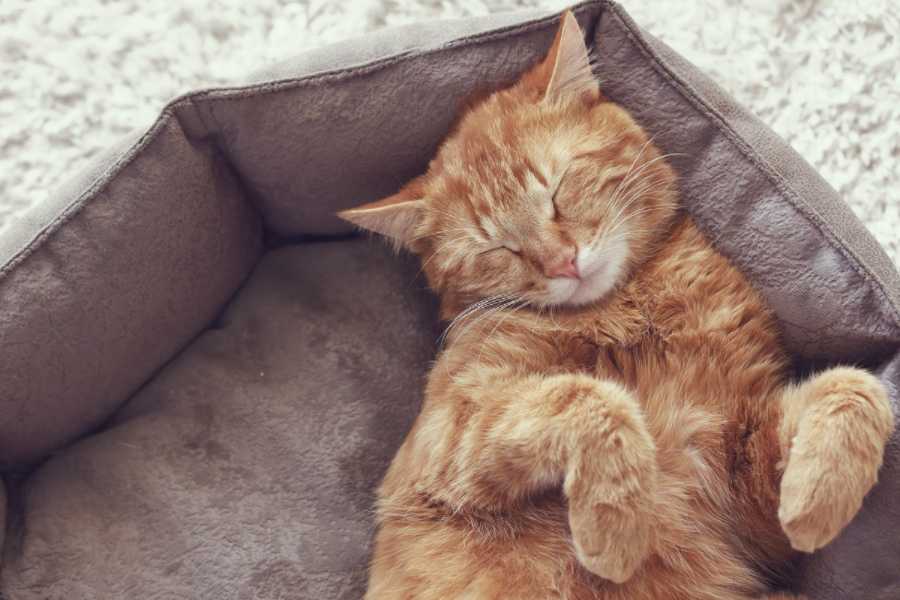
When they sleep, cats alternate phases of light and deep sleep. Seventy percent of their sleep is light. These are short periods of a few minutes known as cat naps. They are usually done half lying down with their ears elevated to easily perceive stimuli. This is because, in addition to being predators, felines are prey to other animals. For this reason, their nature makes them alert to possible danger.
After about 30 minutes of light sleep, they enter the deep phase of sleep known as REM. During this phase, cats have semi-conscious dreams just like people. This is because they keep their senses alert, and their brain activity is similar to when they are awake.
It’s common for a cat to move their eyes rapidly while sleeping, also their paws, their ears twitch, and they may even vocalize or change posture. ![]()
Factors Affecting Cats’ Sleep Patterns 🌙
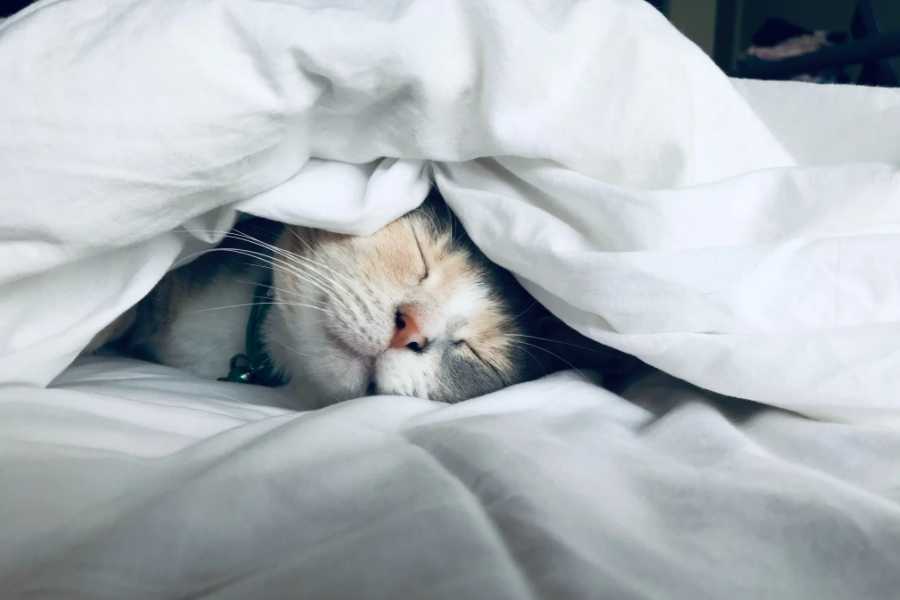
Several factors can affect a cat’s sleep patterns. For instance, elderly cats tend to sleep more, sometimes between 18 and 20 hours a day, due to a decrease in physical activity.
Cats also tend to sleep more during winter as a way to preserve body heat. This is also why they often look for warmer places to rest.
Domestic cats without access to the outside or those that prefer spending many hours alone will sleep more than wild cats or those with outside access. This is because they will have less activities to occupy their time and will not be as energized by general activity.
However, a cat that sleeps a lot out of boredom is not in a positive situation and can increase the risk of obesity. This is due to malaise and a lack of activity. If this is the case with your cat, you will need to spend a few hours playing and stimulating them every day.
When to Worry About Your Cat’s Sleep Patterns 😿
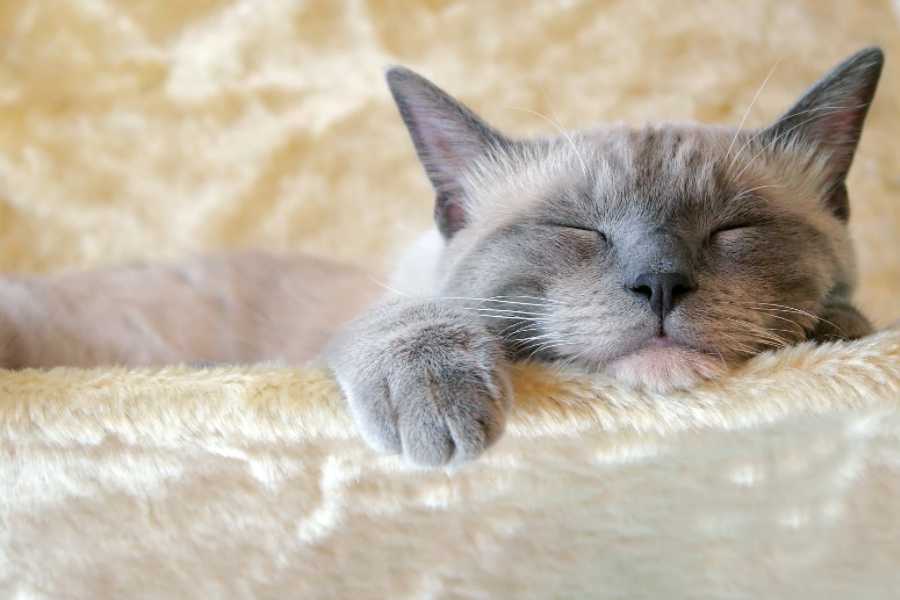
While it’s normal for cats to sleep a lot, excessive sleep can sometimes be a sign of health issues.
If your cat sleeps more than 16 hours, has lost their appetite, and/or become weak, it will be necessary to take them to the vet to rule out any possible illness or health issue.
Conclusion
Understanding your cat’s sleep patterns can help you better care for them and ensure they’re healthy and happy.
Remember, every cat is unique, and what’s normal for one might not be for another. Always keep an eye on any sudden changes in your cat’s behavior, and don’t hesitate to seek veterinary advice if you’re concerned.
For more information on cat health and behavior, check out our other articles on why cats have long tails, why cats can see in the dark, and why cats can’t drink milk. ![]()
Tags
Share
Table Of Contents
Related Posts
Quick Links

